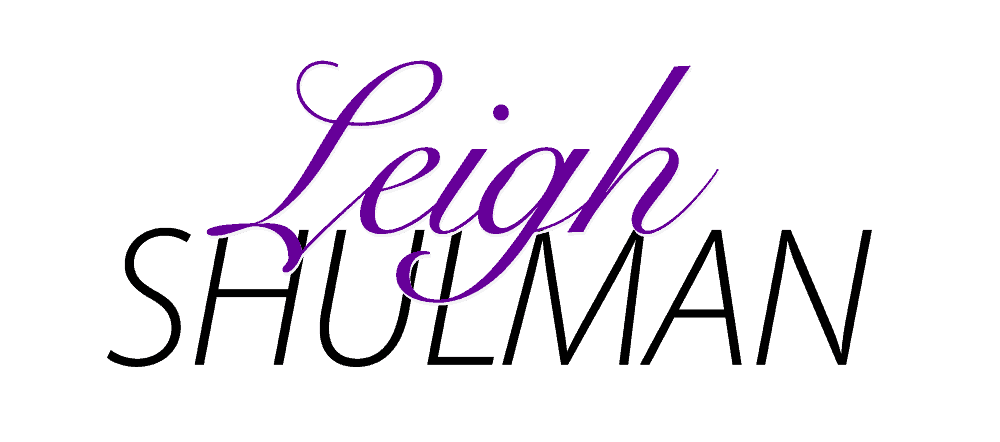AI can be an incredible resource for creatives to sharpen their writing skills, but fear and anxiety surround this tool. ChatGPT and other AI tools can generate nonsense or incorrect information, not to mention other limitations. But what if I told you that AI can be used ethically and easily to benefit your writing and improve your craft?
Writers can use ChatGPT prompts as an inspiration for their process, not as a replacement for their own brainstorming, developing, and revising skills. Prompts can help you refine ideas, rework clunky paragraphs, and break through creative blocks.
What Is a ChatGPT Prompt, and Why Does It Matter?
A ChatGPT prompt is the instruction or question you feed into the AI to get a meaningful response. ChatGPT pulls its info from all over the internet, so it’s important to be specific. If you ask a generic question, the response you get may be equally generic and therefore unhelpful. To avoid an unsatisfying response, you need to structure your prompt.
That’s why leading AI consultants and educators recommend using the C.R.A.F.T. framework to create your questions.
What is the C.R.A.F.T. Framework for AI Prompts?
The C.R.A.F.T. framework means you’ll prompt ChatGPT with the following elements:
- Context: This is the purpose and desired outcome of your prompt.
- Role: What type of person is ChatGPT’s response supposed to draw on and emulate?
- Action: Provide simple and structured instructions. What kind of response are you looking for? Do you want examples? Or to highlight a specific type of answer?
- Format: This refers to the way ChatCPT will give your feedback.. Do you want bullet point lists, a casual conversation, or a step-by-step?
- Target Audience: In this case, you’re the target audience. How experienced are you? What are your expectations? Let ChatGPT know what you want.
Create a writing prompt with C.R.A.F.T:
The following prompt shows you how to structure a request to receive the kind of writing input you want. You can change the words in brackets to suit your writing needs.
You are an [EXPERIENCED] writer of [HORROR] featuring [STRONG FEMALE] characters. (Role) Provide a bullet point list (Format) of character-building exercises that can help me better understand my main character’s strengths and fatal flaws (Action). Provide the character-building exercises in the form of questions (Context) that would appeal to a [COLLEGE AGED EDUCATED] who has [A DEGREE IN PSYCHOLOGY] (Target Audience).
Below, you’ll find ChatGPT’s response to the above prompt. Try them and see how they relate to your characters and writing. Remember, you can modify the questions to suit your needs, too.
Character Building Exercises (in Question Form)
Core Identity and Self-Perception
- What is her internalized narrative about who she is — and how did early experiences shape this self-concept?
- What cognitive dissonance does she live with between who she believes she is and what her actions suggest?
- Which labels (e.g., protector, survivor, outcast, skeptic) does she cling to — and which ones does she avoid or repress?
Coping Mechanisms and Defense Strategies
- Under stress or fear, does she lean on hyper-rationality, aggression, dissociation, control, or appeasement — and where did she learn this?
- Which psychological defense mechanism (e.g., projection, denial, sublimation) does she use most, and how does it manifest in her relationships?
- What is her “emotional escape hatch” — what habit or thought process does she retreat into when reality becomes too threatening?
Moral Code and Boundaries
- What is the one thing she swears she would never do — and what circumstances might cause her to cross that line?
- Whose suffering would she ignore — or rationalize — to protect someone she loves?
- How does she rationalize morally grey choices in high-stakes situations? (Is it justice, revenge, survival, loyalty?)
Strengths as Double-Edged Swords
- What personal strength (e.g., resilience, leadership, intuition, defiance) becomes self-destructive when overextended or unchecked?
- How does her sense of duty or protection make her vulnerable to manipulation, martyrdom, or burnout?
- Is her independence a strength or a shield — and what would it cost her to ask for help?
Trauma, Fear, and the Supernatural
- What unresolved trauma still defines her emotional reactions, even subconsciously? How might the horror element exploit this?
- What does she fear more than death — and how does that shape her decisions in the face of danger?
- How does she interpret supernatural events: delusion, divine punishment, existential symbolism — or something personal?
Relational Patterns and Isolation
- Who has she loved most — and how did that love go wrong, or what wound did it leave?
- How does she sabotage intimacy, trust, or connection (even if she doesn’t realize she’s doing it)?
- What secret shame or truth would she go to great lengths to keep hidden — and how might it be exposed in a horror scenario?
OpenAI. “ChatGPT Response to a character writing prompt.” ChatGPT, May 7, 2025. https://chat.openai.com.
When applied properly, C.R.A.F.T. guides ChatGPT to provide thought-provoking prompts that take your writing to the next level. Writers of all kinds can benefit from these prompts: essayists, bloggers, fiction writers, and copywriters.
Even so, there are some details to keep in mind when generating prompts like these. First, ChatGPT will generate different responses each time you feed it the same prompt. You’ll also need to fact-check, spell-check, and otherwise review the information you receive.
In other words, you can’t just check out and allow ChatGPT to do all the work for you. The human brain is a necessary component of working with ChatGPT or any other AI platform. It’s a partner, not a substitute for your creative energy. The more you use it, the more creative ways you’ll find to write with intention and design.
How ChatGPT Prompts Improve Your Writing Process
Each prompt you write depends on your unique needs. Do you want to flesh out a new character? Structure your story? You can use AI for research, as a thesaurus, or to ask for feedback and collaboration.
Start building your C.R.A.F.T. muscle, and learn how to responsibly use AI for writers. Here are some ideas to modify and feed into ChatGPT:
- Develop a chapter-by-chapter outline of the plot of your book. You’ll provide the plot.
- Break your story into a three-act structure and highlight the character development in each section.
- Help me build a story that revolves around the themes of betrayal and forgiveness.
- Why should readers care about my character?
- I’m writing a book based on [FILL IN PREMISE OF THE STORY]. You’re a [FILL IN GENRE] worldbuilding expert. Brainstorm 5 features that could subtly change over time, and explain what they represent symbolically.
- Give me a worldbuilding checklist tailored for [INSERT YOUR GENRE] who want to build emotionally resonant, symbol-rich settings. You’re an expert in psychological symbolism and story atmosphere. Organize the list by sensory layers, societal rules, and environmental metaphors.
You’ll also find ideas for ChatGPT prompts on social media, from developing your characters to analyzing your writing to breaking through writer’s block. Try refining your ideas and prompts using these seventeen rules to receive precise responses to your requests.
And that’s just the beginning. Now it’s your turn to build C.R.A.F.T. prompts and unlock the stories waiting to be written by you.

